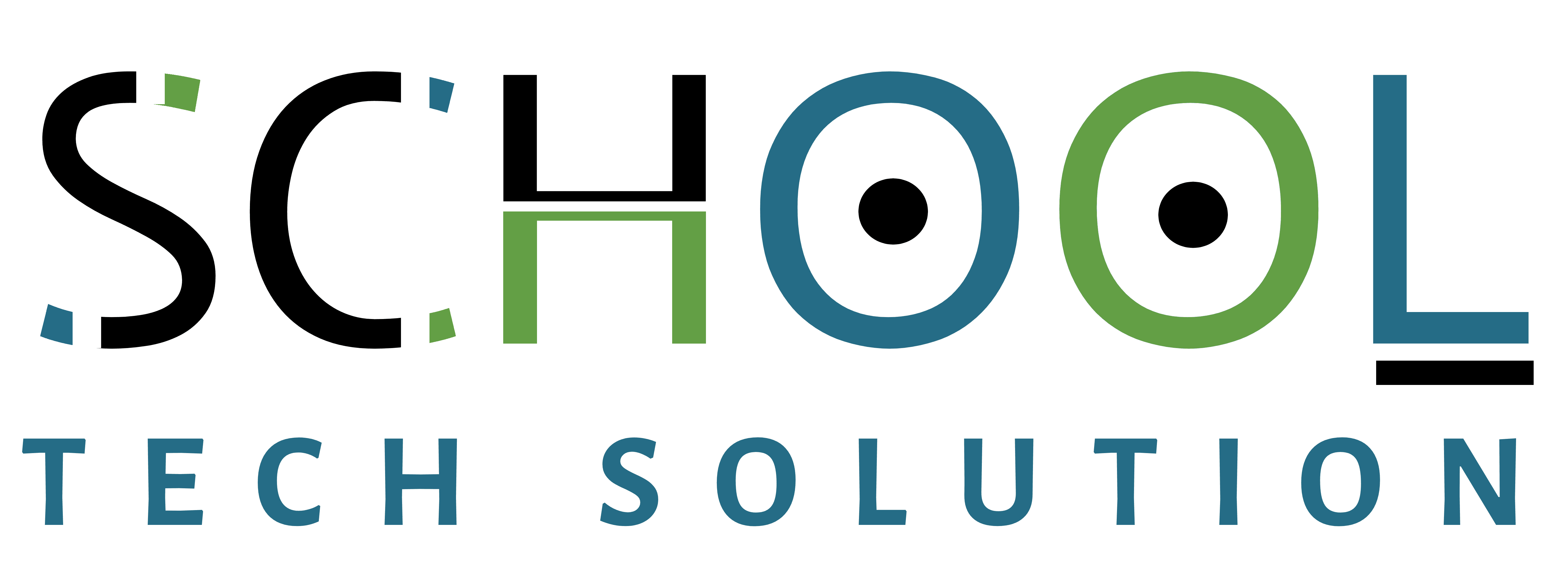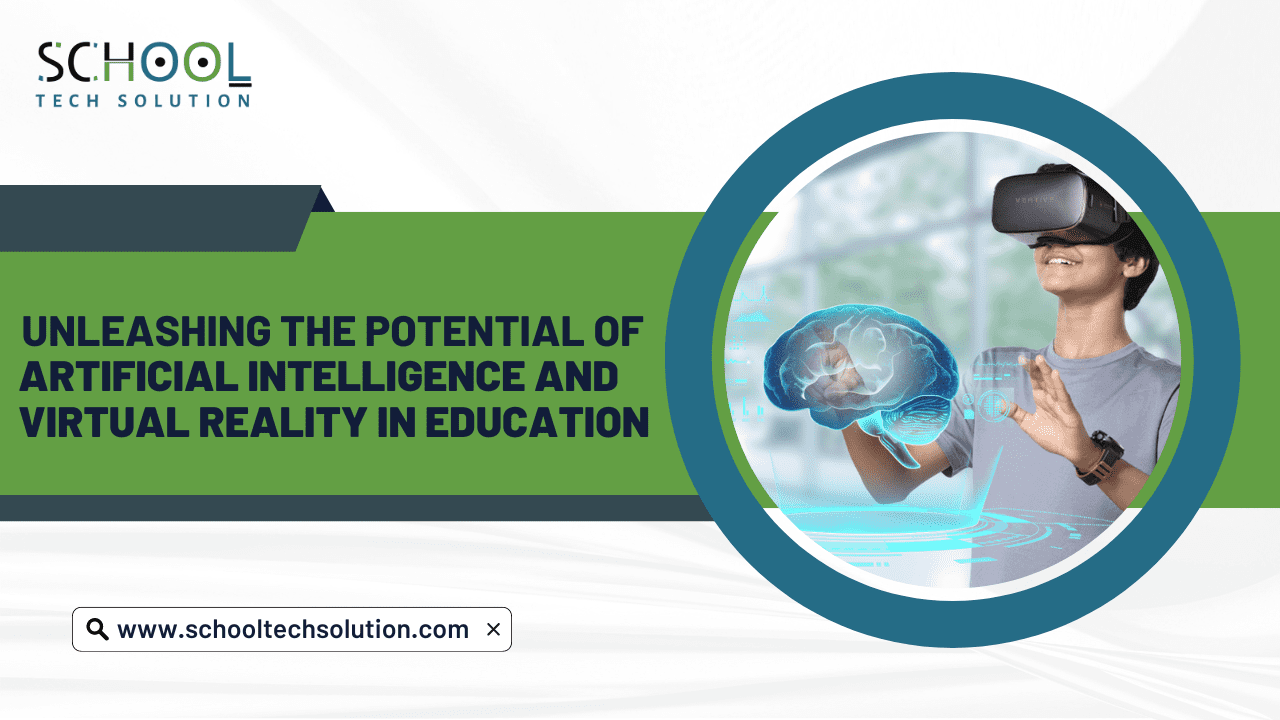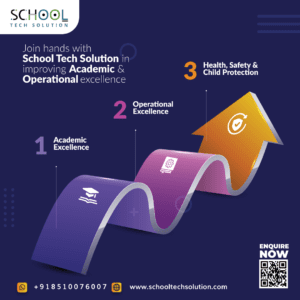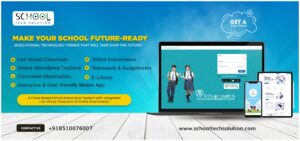Unleashing the Potential of Artificial Intelligence Virtual Reality
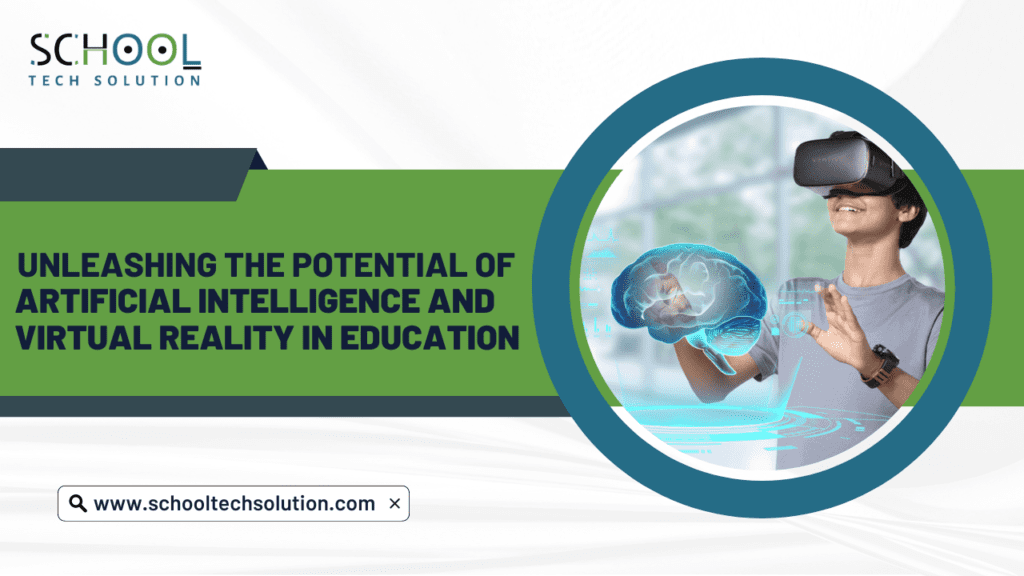
Two cutting-edge technological areas, Artificial intelligence and Virtual reality have enormous potential to improve education. AI can be used to automate grading, providing students with more effective feedback. AI can also be used to monitor student involvement, giving teachers the ability to identify and help difficult students. Students will get the chance to explore a digital environment and practice in a low-stress setting thanks to the use of VR in learning experiences. VR may help lessen physical obstacles, such as impairments, that could obstruct learning in a conventional classroom setting. Last but not least, using VR to break down language barriers will enable students to learn in their native tongue.
How is artificial intelligence improving the educational experience? Industries like healthcare, banking, energy, and retail are being transformed and improved by artificial intelligence (AI) at a rapid rate. The implementation of AI technology, however, has a particularly great potential in the field of education. Through the removal of learning access hurdles, the automation of learning materials, and the provision of more individualized learning experiences, AI has the potential to hasten the process of reaching global education goals. By giving teachers more precise feedback and enabling them to customize their teaching strategies to better meet the needs of specific students, AI can be utilized to create personalized learning experiences. AI-based learning systems can also give helpful data about students’ aptitudes, progress, and learning styles, which can aid instructors in their instruction. Chatbots using AI are being deployed to respond to inquiries from students.
The Advantages of Virtual Reality in the Classroom There are many advantages of using virtual reality in the classroom, including increased knowledge, active experience rather than merely passive information, aiding in the understanding of complex ideas, subjects, or theories, eliminating distractions, immersive experience, and immediate engagement, eliminating risks associated with internet use, and creating “whole science lab” experiences. Additionally, virtual reality can help remove linguistic obstacles while fostering interest and participation.
How can we create immersive learning experiences with AI and VR? To build immersive learning experiences, combine AI and VR. While VR can give users a realistic and interesting environment to explore and engage with, AI can be utilized to give learners intelligent feedback and advice. AI-driven virtual learning environments can offer a low-risk, low-cost educational experience while also enabling students to interact with and fully understand abstract ideas. Additionally, AI-driven VR simulations can be created to offer effective learning opportunities that result in performance and cognition changes that are applicable in real-world settings.
How to Integrate Artificial Intelligence and Virtual Reality into Your School Curriculum? It can be quite effective to involve students in the learning process and to provide them with a more dynamic and immersive learning experience by incorporating artificial intelligence (AI) and virtual reality (VR) into your curriculum. Artificial intelligence (AI) and virtual reality (VR) technology can be used to grade examinations and assignments, construct virtual tours and 3D environments, and replicate real-world scenarios. VR and AR technology can be utilized to create engaging and immersive learning experiences, and AI-enabled software can tailor lesson plans to each student’s rate of learning. A teacher may concentrate on engaging with their pupils by using AI to mark multiple-choice exams in a fraction of the time it would take a human.
Conclusion: Education Can Be Transformed by Leveraging Technology By lowering access obstacles, boosting learner engagement, and offering fresh chances for practice, technology has the potential to improve education. Understanding the local context, needs, and capacity of a school system is crucial to maximizing the potential of technology to improve education. It is also crucial to survey the best available evidence on interventions that fit those conditions and to closely monitor the outcomes of innovations before scaling them up. In order for students to succeed, technology should be used to enhance the job of teachers and to increase the quantity and quality of educational information. By utilizing the potential of artificial intelligence and virtual reality in education, you can transform the learning experience in the classroom with #SchoolTechSolution
To discover the necessary tools and ideal procedures for setting up a productive Artificial Intelligence and Virtual Reality learning environment visit: https://www.schooltechsolution.com/
